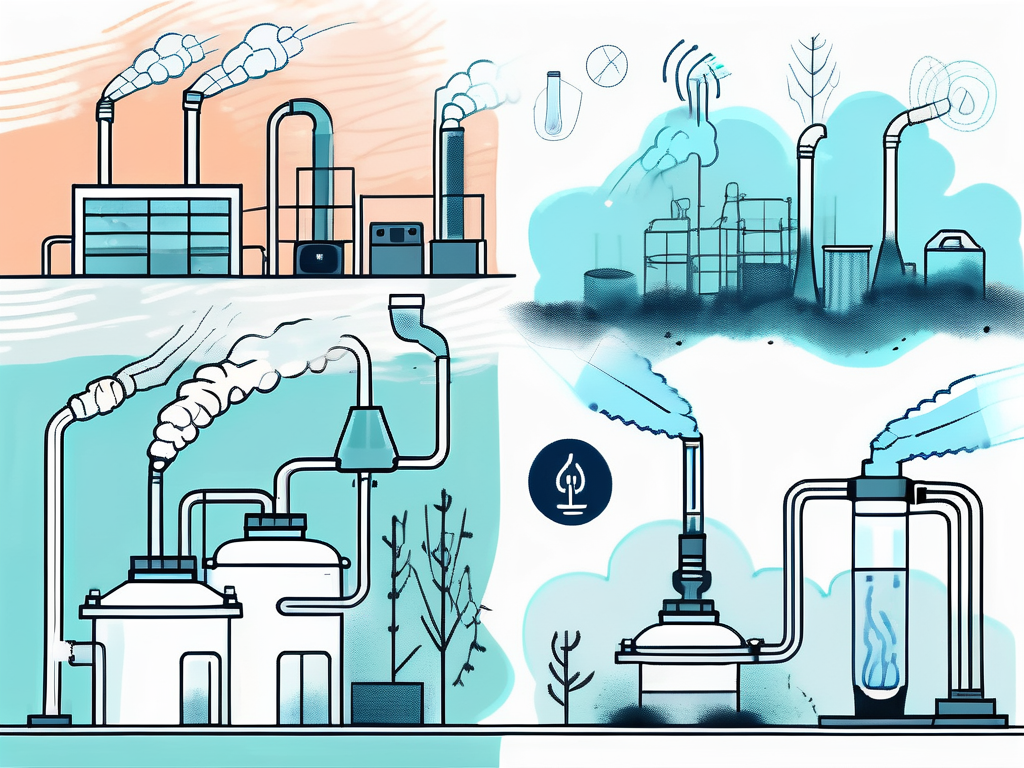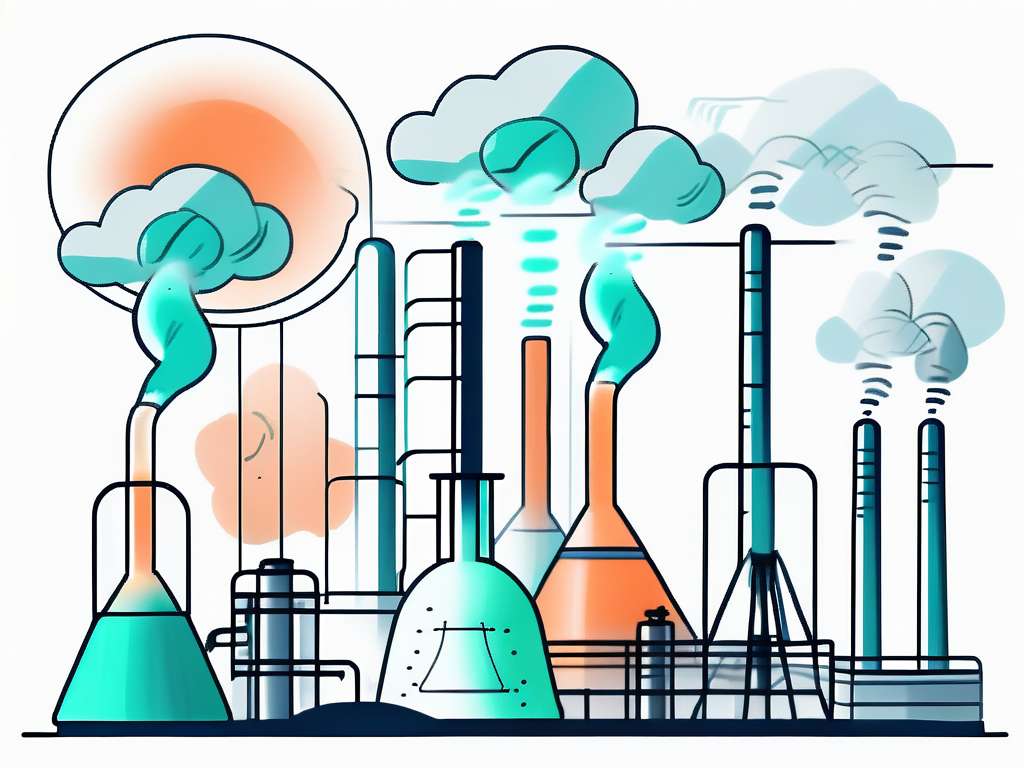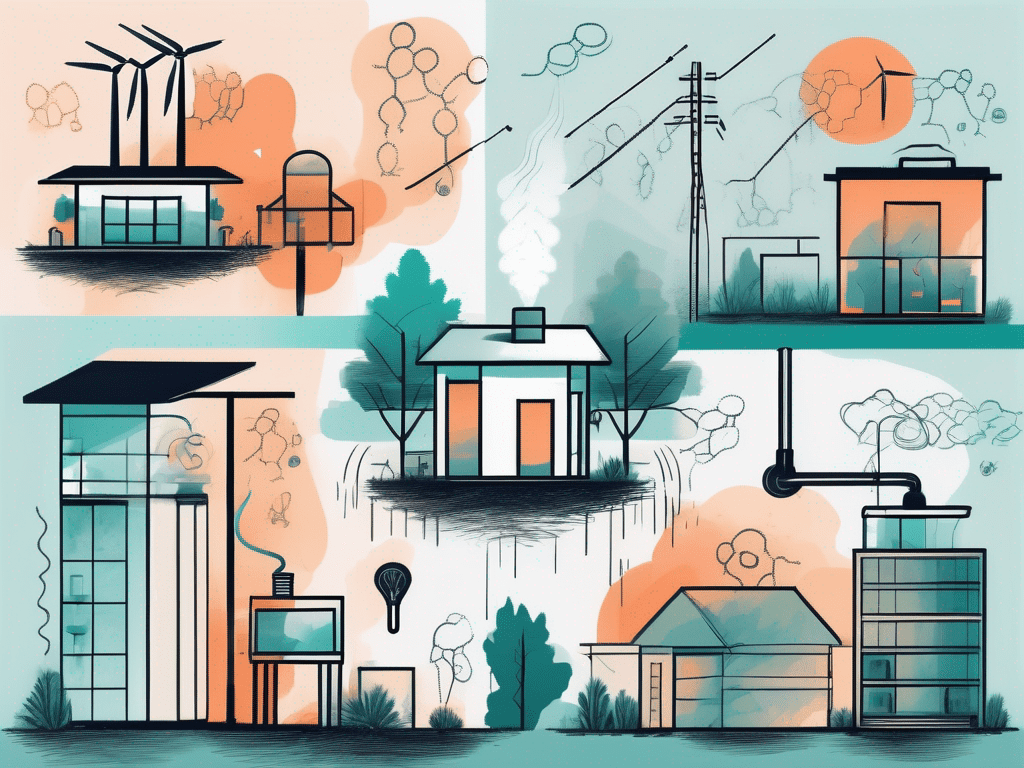Environmental air quality testing plays a crucial role in maintaining a healthy living environment.
The air we breathe not only sustains our existence but also profoundly influences our overall well-being.It is essential to understand the impact of air quality on our health and the various factors that contribute to it.
By examining the science behind air quality testing and delving into the significance of regular testing, we can gain a deeper appreciation for its importance. Additionally, we will explore the existing standards and regulations in place to ensure clean air and take a look at the steps individuals and communities can take to improve air quality.
Understanding Air Quality and Its Impact on Health
Before we dive into the specifics of environmental air quality testing, it is crucial to grasp the concept of air quality and how it affects human health. Air quality refers to the composition of the air in a particular environment, including the concentration of various pollutants and contaminants. These harmful substances can come from both indoor and outdoor sources, posing a significant risk to our well-being.
Poor air quality has been linked to a range of health problems. Exposure to pollutants can lead to respiratory issues, cardiovascular diseases, allergies, and even cancer. Long-term exposure to pollutants can also result in chronic conditions and adversely impact the quality of life. Therefore, understanding and monitoring air quality becomes imperative to safeguard our health and well-being.
Defining Environmental Air Quality
Environmental air quality refers to the state of the air in the natural surroundings, including outdoor spaces and indoor environments. Evaluating and testing air quality involves measuring and analyzing the presence and concentration of pollutants, such as particulate matter, volatile organic compounds (VOCs), nitrogen dioxide (NO2), ozone (O3), and carbon monoxide (CO).
By assessing environmental air quality, we can identify potential sources of pollution and take appropriate measures to mitigate them. Furthermore, testing allows us to monitor changes in air quality over time and evaluate the effectiveness of pollution reduction efforts, policies, and regulations.
How Poor Air Quality Affects Human Health
Poor air quality can have severe consequences for human health. The presence of pollutants in the air can directly enter our respiratory system, causing irritation and inflammation. Fine particulate matter, known as PM2.5, which includes dust, smoke, and other tiny particles, can penetrate deep into our lungs, leading to respiratory problems and exacerbating pre-existing conditions such as asthma and bronchitis.
Ozone, primarily found in outdoor environments, can cause respiratory distress, chest pain, and coughing. Long-term exposure to ozone can also impair lung function and increase the risk of respiratory infections.
Nitrogen dioxide, commonly emitted by vehicles and industrial activities, can lead to respiratory issues and worsen symptoms for individuals with lung diseases. Carbon monoxide, a colorless and odorless gas produced by the incomplete combustion of fossil fuels, can be especially dangerous in closed environments, as it can lead to severe health complications, including carbon monoxide poisoning.
The Science Behind Air Quality Testing
To truly understand the significance of environmental air quality testing, we must delve into the science behind it. The process involves the identification and measurement of various pollutants and contaminants in the air, allowing us to gauge the level of air pollution and evaluate its potential risks.
The Role of Pollutants in Air Quality
Pollutants found in the air can be classified into primary and secondary pollutants. Primary pollutants are emitted directly into the air from specific sources, such as vehicle emissions or industrial processes. Secondary pollutants, on the other hand, are not directly emitted but are produced through chemical reactions involving primary pollutants and atmospheric compounds. Both types of pollutants contribute to the deterioration of air quality and can have adverse effects on human health.
By understanding the types and sources of pollutants, air quality testing can focus on identifying and measuring specific substances to determine their concentration levels, potential risks, and sources. This allows for targeted efforts to reduce pollution and improve air quality.
The Process of Testing Air Quality
Environmental air quality testing involves a series of steps to ensure accurate and reliable data. The process typically includes sampling, laboratory analysis, and interpretation of the results. Various methods and techniques are employed to capture air samples from different environments, such as residential areas, workplaces, and public spaces.
Once the samples are collected, they are analyzed in specialized laboratories using sophisticated instruments. The data obtained from the analysis is then interpreted, considering the established air quality standards, to determine the level of pollution and potential health risks associated with the measured pollutants.
The availability of advanced technology has made air quality testing more efficient, enabling faster and more comprehensive analysis. This facilitates informed decision-making and enables prompt action to address air pollution concerns.
The Significance of Regular Air Quality Testing
Regular air quality testing is of paramount importance to ensure the sustained well-being of individuals and communities. By continuously monitoring air quality, we can detect changes over time, identify emerging pollution sources, and implement appropriate measures to mitigate potential risks.

Detecting Changes in Air Quality Over Time
Air quality is not static, and the presence and concentration of pollutants can vary throughout different periods. Regular testing allows us to track these changes and recognize patterns, helping establish long-term trends in air pollution. By identifying increasing or decreasing levels of particular pollutants, we can investigate potential causes and take proactive steps to address them.
Additionally, air quality testing can help evaluate the effectiveness of implemented pollution reduction measures, such as regulations and policies, and determine the need for further action or adjustments as necessary.
Preventing Health Risks Through Regular Testing
Continuous air quality monitoring enables early detection of potential health risks associated with poor air quality. By regularly assessing pollutant levels, we can take prompt action to minimize exposure and protect vulnerable populations, including children, the elderly, and individuals with pre-existing respiratory conditions.
Regular testing also raises awareness and understanding of the impact of air pollution, encouraging individuals and communities to adopt practices that promote cleaner air and healthier living environments.
Air Quality Standards and Regulations
To ensure clean and healthy air for everyone, governments around the world have established air quality standards and regulations. These guidelines set limits for various pollutants and aim to protect public health and the environment. Both national and international bodies contribute to the development and enforcement of these standards.
National and International Air Quality Standards
Countries establish their own national air quality standards based on factors such as local pollution sources, population density, and specific health concerns. These standards provide a benchmark against which individuals, communities, and industries can gauge their air quality, enabling them to take appropriate actions to reduce pollution and maintain compliance.
International bodies, such as the World Health Organization (WHO) and the United Nations Environment Programme (UNEP), also play a significant role in setting air quality guidelines. These guidelines serve as a global reference point and aim to harmonize air quality standards across different regions, ensuring a consistent approach to protecting human health and the environment.
The Role of Government in Regulating Air Quality
Government agencies are responsible for overseeing and regulating air quality to ensure compliance with established standards and regulations. They play a crucial role in monitoring air pollution levels, developing policies and initiatives to address pollution sources, and enforcing measures to improve air quality.
Through collaborations with industries, communities, and individuals, governments can implement strategies to reduce pollution, promote sustainable development practices, and create awareness of the importance of maintaining clean air. They also allocate resources for research and technological advancements that contribute to the overall improvement of air quality.
Improving Air Quality: Steps for Individuals and Communities
While governments and organizations play a vital role in ensuring clean air, individuals and communities also have the power to make a difference. By taking proactive steps in our daily lives and collectively working towards cleaner air, we can contribute to a healthier future for ourselves and generations to come.

Personal Actions to Enhance Indoor Air Quality
Indoor air quality is equally important as outdoor air quality, as we spend a significant amount of time indoors. There are several actions individuals can take to enhance indoor air quality:
- Regularly clean and maintain ventilation systems, including air conditioning units.
- Keep indoor spaces well-ventilated by opening windows and using exhaust fans.
- Avoid smoking indoors and minimize exposure to secondhand smoke.
- Remove and properly dispose of sources of indoor air pollution, such as mold, volatile organic compounds (VOCs), and household chemicals.
- Use air purifiers and filters to remove pollutants from the air.
Community Initiatives for Better Outdoor Air Quality
Improving outdoor air quality requires collective efforts from communities. Here are some community initiatives that can contribute to cleaner air:
- Promoting the use of public transportation, cycling, or walking instead of driving.
- Supporting and participating in local environmental organizations and initiatives.
- Advocating for stricter emissions regulations for industries and vehicles.
- Planting trees and creating green spaces to improve air quality and reduce pollution.
- Organizing awareness campaigns and educational programs to educate the community about the importance of air quality and steps to maintain clean air.
Environmental Air Quality Testing for Cleaner Air
Environmental air quality testing is a vital tool in safeguarding our health and well-being. By understanding the impact of air quality on our health, delving into the science behind testing, recognizing the significance of regular testing, and exploring existing standards and regulations, we can collectively strive for cleaner air.

Improving air quality requires collaborative efforts from governments, industries, communities, and individuals. By taking appropriate actions and implementing sustainable practices, we can create a healthier environment for ourselves and future generations.



